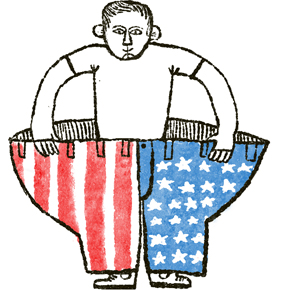Synthetic enzyme, weight loss miracle
Obesity is a huge problem worldwide, costing our healthcare systems billions of dollars every year. The World Health Organization estimates that about 1.2 billion (yes, billion) people around the world are overweight, and among those between 200-300 million are clinically obese.
Obesity is a tough health problem because it's existence can exacerbate a whole variety of other medical disorders. From type 2 diabetes to cardiovascular problems, the list is pretty large. Curing this epidemic would not only mean a healthier world, it would remove a huge burden on our hospitals as well. Well it seems like that cure may be upon us thanks to some obesity researchers from the Helmholtz Diabetes Center in Munich, Germany!
In a recent paper published in Nature Medicine, investigators have created a pretty incredible weight loss drug that reduced weight in laboratory mice by a third while preserving their lean muscle. Their strategy was a classic tour-de-force of synthetic biology: inspired by nature, improved by man.
There are three enzymes involved in this story: GLP-1, GIP, and Glucagon. The first two enzymes are used by the body to help control appetite and blood glucose levels, while the last enzyme is used to increase glucose in the blood. While increasing blood sugar may seem like a bad idea, it actually does assist with burning fat. In obese patients, the ability to respond to these enzymes is dampened. This is also why losing weight after being overweight for a while can be quite difficult - your actual biochemistry changes to make it tough!
Strategies using these enzymes individually have had limited success, so to circumvent this biologists engineered a molecule that displays characteristics of all three. As you can see from the graph below, the results are pretty remarkable.
So there you have it, yet another way in which synthetic biology is changing our lives. While we have yet to see this drug used in human patients, I think it's safe to say that we should be seeing more news out of this team in the near future!





